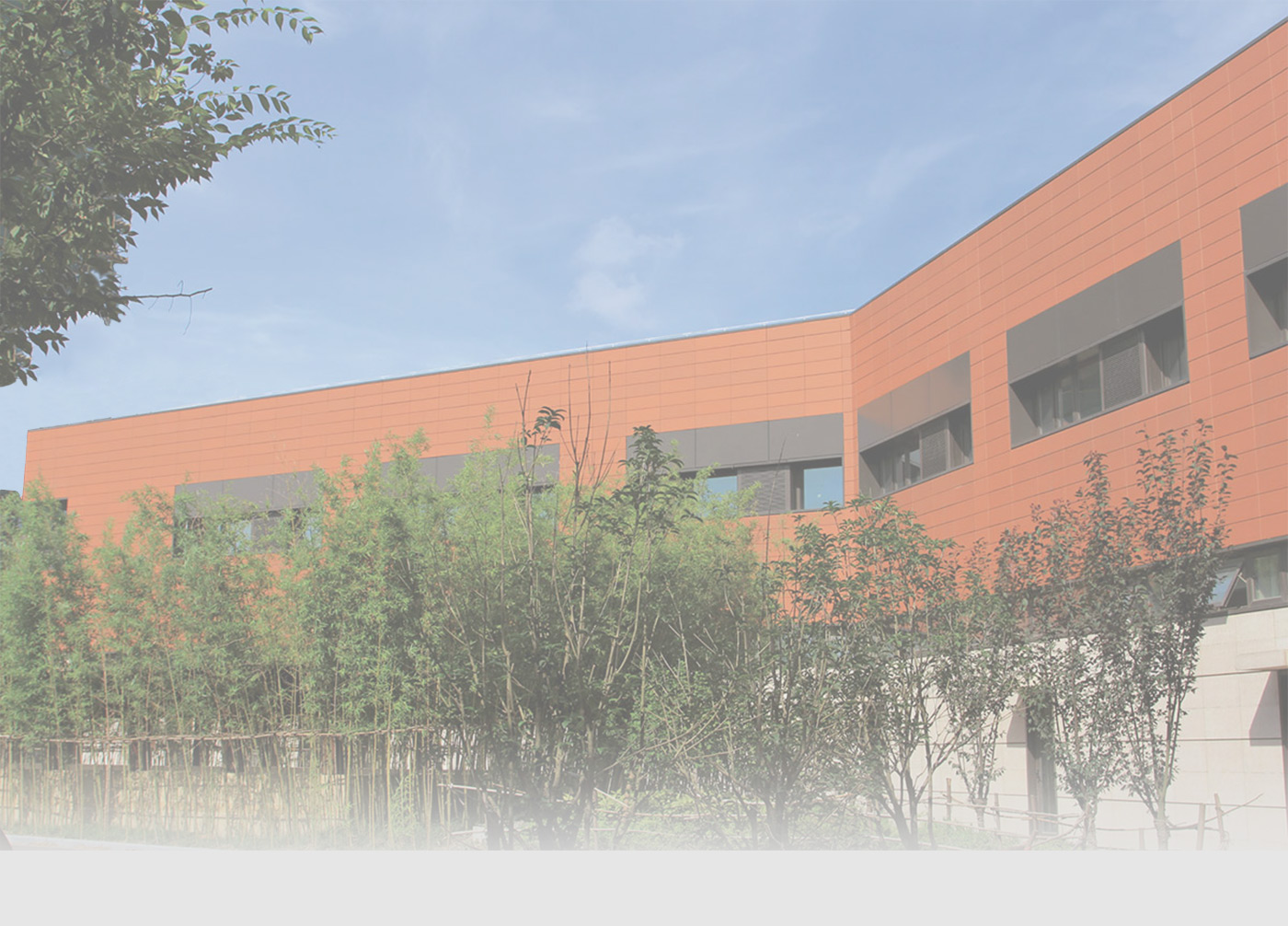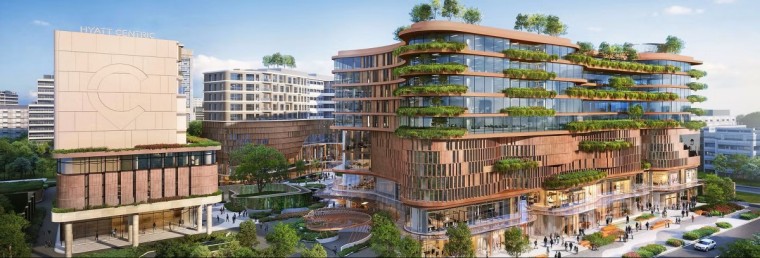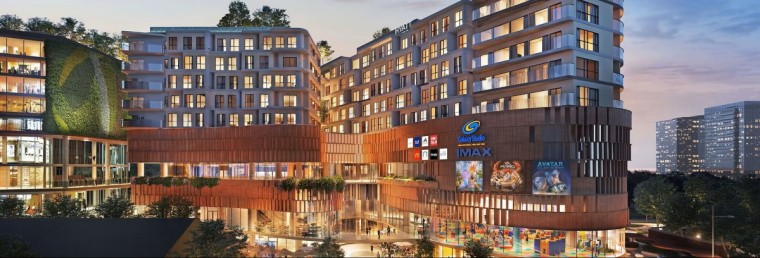

In contemporary hospitality architecture, facade design has evolved far beyond surface treatment. It has become a primary tool for shaping spatial ide...
MoreThe LACADIERE Skyline in Chengdu represents a rare moment in façade engineering: a super-tall residential tower whose exterior envelope combines techn...
MoreNagpur, the “Orange City” of Maharashtra, has emerged as one of India’s most promising tier-2 technology centres. Strategically located at the geograp...
MoreTiến Bộ Plaza demonstrates how thoughtful color strategy can elevate a building into a civic landmark. The facade uses three coordinated shades of red terracotta—light, medium, and deep—to create a visual rhythm across horizontal layers and curved volumes. This tri-tone combination references Hanoi’s traditional red brick temples while presenting a modern interpretation suitable for a multi-functional complex.
The result is a facade that shifts in tone as sunlight changes, giving the building a lively yet timeless appearance. By layering tones across panels of different widths—300 mm, 450 mm, and 600 mm—the Plaza achieves depth, texture, and a human scale within a large mixed-use development.

The project employs LOPO’s high-performance Terracotta Facade Panels, also known as Terracotta Cladding>, Clinker Panel, and Terracotta Rainscreen. Produced with natural clay and fired at high temperatures, the panels ensure durability, color stability, and sustainability. The modular system allows for creative arrangements where tones and panel sizes can be mixed to generate visual rhythm.
These dimensions enabled architects to vary patterns—stacked, staggered, and banded—to accentuate the building’s flowing geometry.
Instead of a uniform finish, Tiến Bộ Plaza embraces contrast and layering. Light red panels brighten the upper levels, medium tones provide a transition zone, and deep red grounds the podium, creating visual weight. Together, the three shades form an architectural “score” of rhythm and harmony, echoing Hanoi’s vibrant street textures.
The curving balconies and terraces are accentuated by terracotta bands, while glass ribbons between floors introduce lightness. This careful orchestration of material and tone demonstrates how Terracotta Wall Panels can shape both perception and experience.

The ceramic systems at Tiến Bộ Plaza were manufactured by LOPO Terracotta Corporation, a global leader in architectural terracotta. In addition to Terracotta Panels, LOPO also supplies Terracotta Baguette elements—also known as Terracotta sunscreens, Terracotta Louvers, Clay Louvers, and Terracotta Fins. These are increasingly adopted across Vietnam for passive shading and aesthetic expression.
By combining rainscreen panels with baguette sunscreens, architects can extend the same clay language across different facade components, ensuring design consistency and technical performance.
The Tiến Bộ Plaza project illustrates the strong future of terracotta in Vietnam’s construction market. Developers are embracing natural, durable, and expressive materials. Terracotta products—whether Terracotta Rainscreen, Terracotta Baguette, or Clay Louvers—offer climate adaptability, cultural relevance, and long-term sustainability.
Why terracotta works in Vietnam:
Tiến Bộ Plaza’s tri-tone terracotta facade sets a precedent for future urban projects in Hanoi, Ho Chi Minh City, and beyond.

Tiến Bộ Plaza demonstrates that facade design can be more than enclosure—it can be art. By weaving together three shades of LOPO Terracotta Cladding, the project establishes rhythm, depth, and cultural resonance. The Plaza shows how ceramic materials can bridge tradition and innovation, delivering a facade that is both sustainable and beautiful.